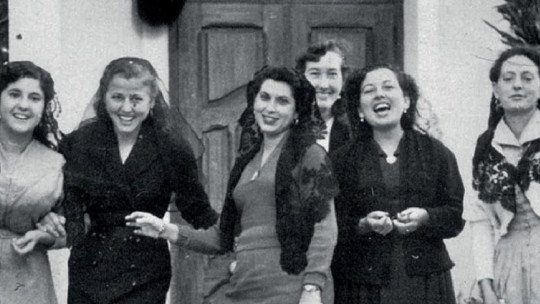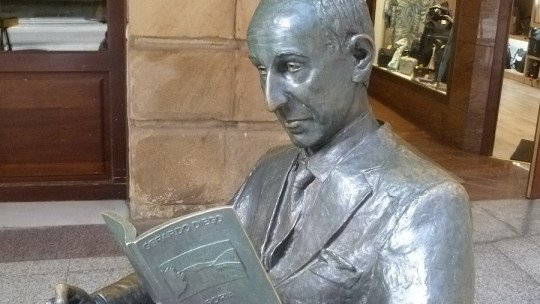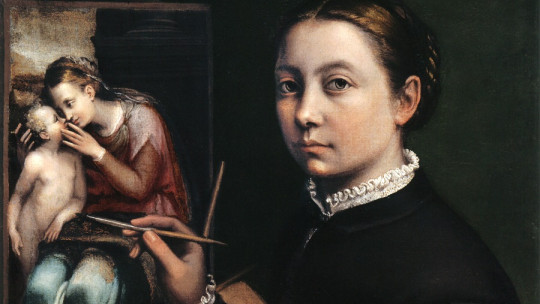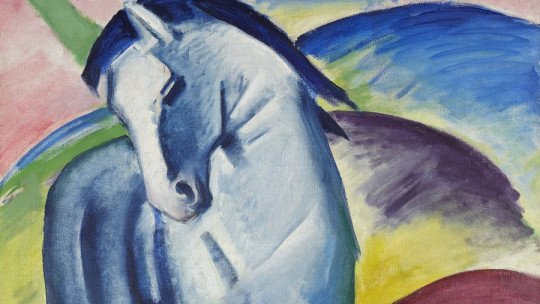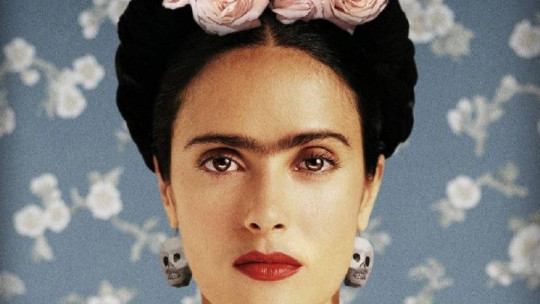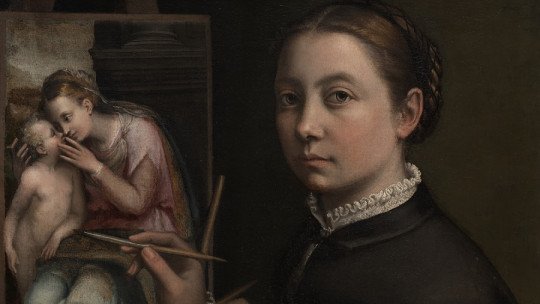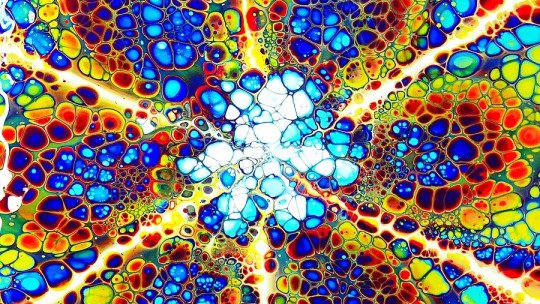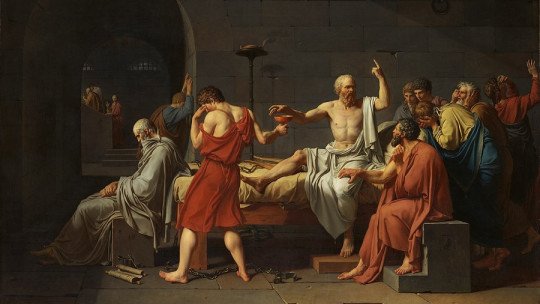They were recently recovered by the report The Hatless, presented at the 2015 Malaga Film Festival and which rescued the memory of these women. However, for decades they remained literally forgotten; Despite having belonged to one of the most representative artistic generations of the Spanish cultural panorama, the famous Generation of ’27, anthologies had never included these female artists as part of the group. And, although not all of them dedicated themselves to poetry, “Las Sinsombrero” were extraordinary creators who maintained a close relationship with the Spanish intellectuality of the first decades of the 20th century.
Who were “The Sinsombrero”? In this article we recover the names and history of these women forgotten by traditional historiography.
“Las Sinsombrero”: the origin of the nickname of these women artists
Maruja Mallo (1902-1995) tells in interviews she conducted for Spanish Television upon returning from her exile that, one day in the 1920s, she was walking through Puerta del Sol in Madrid in the company of Margarita Manso, Salvador Dalí and Federico García Lorca. At some point they decided to take off their hats, in principle, “to decongest ideas.”
However, passersby took it very badly. Getting rid of an element as basic as the hat, especially if it were women, was a symbol of rebellion that the stale Spanish society was not willing to tolerate. In the case of Dalí and Lorca, and according to Maruja herself in her statements, it was a “clear” indication of their homosexuality. The result: the four were insulted and stoned as they crossed the emblematic Madrid square.
This episode, apparently with no more significance than highlighting the rebellion of Spanish artists at the beginning of the 20th century, was used by the producers of the documentary The Hatless, premiered at the 2015 Malaga Film Festival and subsequently broadcast on Spanish Television, to name this group of women. Thus, the name was forever linked to them. Her memory was finally beginning to be rescued.
Who were “Las Sinsombrero”?
The Hatless were women artists whose births fall between 1898 and 1914, coinciding in this way with the period that also encompasses the coming into the world of the male representatives of the Generation of ’27 Although many of them did not dedicate themselves to writing, they did stand out for being excellent painters, sculptors and actresses, among many other dedications, and they maintained a very close relationship with the male intellectuals of their time.
These women shared a liberal and republican ideology, They were committed to the emancipation of women and were rebellious and disruptive of tradition , which restricted women to the roles of mother and wife. This does not mean that these artists forgot the many centuries of Spanish cultural tradition, since, and in a similar way to what their male counterparts did in ’27, many of them were inspired by Spanish history and folklore to create their work.. This is the case, for example, of the aforementioned Maruja Mallo, whose paintings take traditional motifs such as popular festivals, bulls and manolas.
Like their peers, these women were greatly influenced by the avant-garde movements of the 20th century and, in turn, contributed a lot to Spanish avant-garde expression. Marga Gil Roësset, for example, was one of the most prominent sculptors of the time, whose professional career was cut short by her tragic suicide. On the other hand, Mallo and Margarita Manso were outstanding painters, whose canvases were enormously successful. There are many critics who consider Mallo the “Spanish Frida Kahlo”, due to the robustness and color of her paintings.
The protagonists of the movement
There are many female names associated with the “Las Sinsombrero” movement and the Spanish cultural panorama of the first decades of the 20th century. Below, we briefly review 5 of these artists and their careers.
Maruja Mallo (1902-1995), “the Spanish Frida Kahlo”
His friend Salvador Dalí described it in an almost disturbing way; He said of her that he was half angel, half shellfish. The image of her is easy to conjure; She is a dark-skinned woman, with an intense look and profusely made up. The painting of her face was, for Maruja Mallo, something essential in her face, as she commented in one of her interviews for TVE. Perhaps it was that same color that she transferred to her canvases, which due to their forceful shapes and powerful colors are reminiscent of the work of Frida Kahlo.
Like all her classmates, Maruja Mallo (real name Ana María Gómez González) trained in Madrid. In 1922, at the age of twenty, we found her at the Royal Academy of Fine Arts of San Fernando, where she studied until 1926. Magnificent painter, but also writer, during the 1920s she collaborated in magazines such as Literary Almanac either Western Magazine , in whose space the first exhibition of his paintings took place, organized in 1928 by Ortega y Gasset himself, who was impressed by his talent. The exhibition was a resounding success and placed Maruja in the vanguard of Madrid artists.
She maintained a love relationship with Rafael Alberti, with whom she also collaborated intellectually. She and Miguel Hernández planned a literary project directly inspired by the tragic events in Asturias in 1934, when the army repressed the miners’ protests with unusual violence. All of this is testimony, on the one hand, to Maruja’s tireless intellectual work and, on the other, to her commitment to social issues, in parallel to her male generation companions, who in those years had immersed themselves (especially Alberti and Prados) in the so-called “committed poetry”.
Like most intellectuals of the time, Mallo had to leave Spain when the Civil War broke out He did not return until 1962, after twenty-five years of exile.
Margarita Manso (1908-1960), Lorca’s muse
Some claim that, in addition to being a muse, she was also one of the poet’s loves. What is certain is that Margarita Manso and Federico García Lorca maintained a close friendship that was cut short with the murder of the Granada poet in 1936. The news tore Margarita apart, but the black shadow of the Civil War still held more misfortunes for her. Because the fratricidal feud was cruel to this woman; To the murder of her friend, we must add that of her husband a few months later, in September 1936, precisely by the opposite side that had murdered Lorca. A few days later, her brother-in-law and her father-in-law were also murdered.
Margarita went into exile, but she was already dead in soul. She never recovered from the shock that so many deaths had caused her. She returned to Spain in 1938, married a Falangist doctor and hid her past as an intellectual and republican under a deeply devout attitude. Was she pretending to protect herself from it, or was she just a devastated woman who sought solace in religion?
Margarita Manso is the living image of the terrible emotional consequences that a war entails Like the other “Sinsombrero”, his life and his work were relegated to oblivion. However, along with Maruja Mallo (her classmate at the San Fernando Academy), Manso is one of the most representative painters of the first decades of the Spanish 20th century.
Marga Gil Roësset (1908-1932), the artist who died for love
At least, that’s what has emerged. In fact, until recently it was the only thing that was known about this brilliant sculptor: her impossible love for the poet Juan Ramón Jiménez and her suicide at the age of twenty-four. It is quite common in history for extraordinary women to be remembered only for their “sacrifices” for love; Another famous case is that of Jeanne Hébuterne (1898-1920), Modigliani’s muse and lover who committed suicide one day after the artist’s death, but who was also a promising painter.
Marga’s talent is even more exceptional if we take into account that her training was self-taught In fact, Marga Gil was a child prodigy. In 1920, at only twelve years old, she made some beautiful illustrations for the story The Golden Child, a project she had with her sister Consuelo, who later became a writer. In the scant ten years that her artistic career lasted, Marga painted, drew, sculpted, and wrote. Although she is especially remembered for her magnificent sculptures, her work is multifaceted, because she was a total artist, from head to toe.
Much has been written about his “suicide for love.” And, although it is true that her passion for the mature poet did not help her cope with her poor emotional balance, we can think that this was not the only reason why Marga decided to pull the trigger that afternoon in July 1932. In the diary he wrote and that his niece Marga Clark recently rescued in a beautiful novel titled bitter light, Marga Gil leaves testimony of her impossible love and her emotional ups and downs. A sad loss, both human and artistic, since Marga was leaving this world at only twenty-four years old and with a promising career ahead of her.
Ernestina de Champourcín (1905-1999), the highly cultured young lady
Educated in a conservative family, the Vitorian poet Ernestina de Champourcín moved with her family to Madrid very young. There she tried to study at the university, but, to her misfortune, she encountered the categorical refusal of her father, a very traditionalist monarchist. Despite everything, Ernestina received a very complete education as a child, which led her to master several languages, including French and English.
The refined and aristocratic environment of his family (not in vain, his father was Baron de Champourcín) He introduced her to reading great classics of literature from a very young age , both French and Spanish: Victor Hugo, Verlaine or Santa Teresa de Jesús. But Ernestina was not indifferent to contemporary literature; She also read Valle-Inclán, Juan Ramón Jiménez and Rubén Darío. From all this, the young woman drew an indisputable conclusion: she wanted to be a writer and, specifically, a poet. She published her first poems in 1923, in magazines such as Freedom. The 1920s are prolific for Ernestina; her first books come to light (Silent, The voice in the wind), actively participates in the Lyceum Club Femenino project, founded by María de Maeztu and Concha Méndez, and establishes contact, through Juan Ramón Jiménez, with the other great writers of the 27th, among them, Federico García Lorca, Luis Cernuda and Vicente Aleixandre.
In his only novel, The house opposite, published shortly before the outbreak of the Civil War (the great tragedy of the generation) and their exile, makes a portrait of the education received by bourgeois class girls. Probably, she was partly inspired by her own childhood.
Josefina de la Torre (1907-2002), the “island woman”
Josefina was born in Las Palmas de Gran Canaria in 1907, into a family of artists: her maternal grandfather, Agustín Millares Torres, was a musician, novelist and historian (his work is famous General History of the Canary Islands); On the other hand, his brother, Claudio de la Torre, dedicated himself to literature (he was awarded the National Literature Prize in 1924) and cinema.
With such genetics, it is not surprising that Josefina is another example of an extremely versatile woman, well, In addition to being a writer, she was a lyrical singer and actress Her first collection of poems, Versos y estampas, was published in 1927, when Josefina was only twenty years old; In 1930, she published a second book, Poems on the island. Josefina’s style was very close to that of the rest of the poets of the Generation of ’27, and her poetic talent earned Gerardo Diego the inclusion of her, along with her contemporary Ernestina de Champourcín, in his Anthology of Spanish Poetry ( 1934). They were the only two women included in the compilation.
Despite his undeniable talent as a poet, in the 1930s de la Torre leaned towards his lyrical vocation. After the outbreak of the Civil War he returned to her Canary Islands, where he wrote some serial novels that allowed him and her family to survive in the very harsh post-war period. Later, during the Franco era, she appeared in several films, some directed by her brother, and also participated in numerous plays. Tireless and tremendously fruitful, Josefina returned to literature during her stage of maturity.
In the 50s he published two novels, Memories of a star and En el threshold, and in 1968 he returned to poetry with Incomplete March. He died in Madrid at the age of 95; He left behind a very complete career that covered numerous fields (including dubbing, since he lent his voice to Marlene Dietrich herself). Pedro Salinas called her the “island-woman”; a beautiful and apparently fragile girl with blue eyes who embodied the ideal of a determined and intellectual woman of the first decades of the 20th century.

